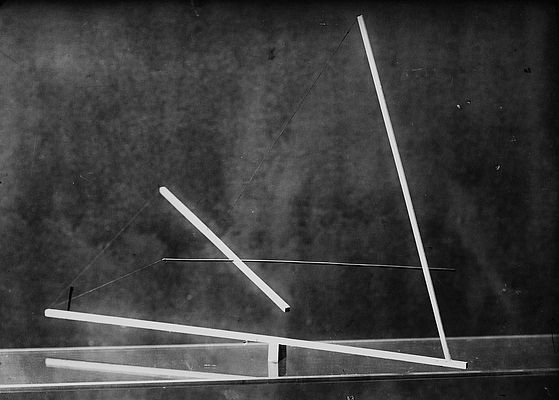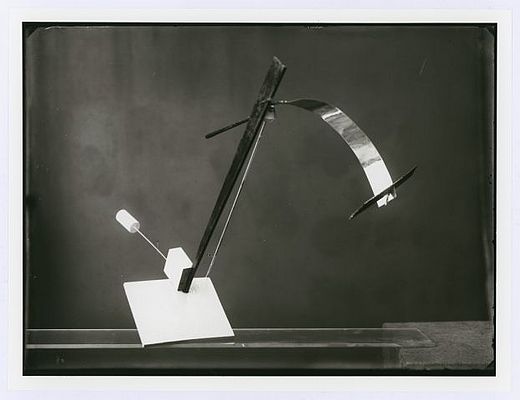Johannes Itten’s preliminary course
1919–1923
The preliminary course at the Bauhaus was originally devised by the Swiss painter and art teacher Johannes Itten.

[Translate to English:] Headline
In 1918, building on his studies with Adolf Hölzel at the art academy in Stuttgart, Johannes Itten ran his own private art school in Vienna. At the Weimar State Bauhaus, he devised a contemporary method of teaching based on insights gained from the progressive educational movement and the artistic avant-garde. Instead of urging his students to start by copying other artworks as was customary at the traditional art academies, Itten encouraged his students to explore their own subjective feelings and to bring creativity to design. His course was divided into three sections: studies of nature and materials including colour and form theory, analyses of the old masters and life drawing.
Itten’s classes began with exercises in concentration, breathing and rhythm, the momentum of which was to flow into the students’ creative work. He gave the students material studies and contrast exercises to complete, which they had to evaluate on their own. In the process, Itten set store by subjective perception and objective understanding. The students were only permitted to choose a workshop for their main course of study after they had passed the preliminary course.
Itten was ridiculed by some of the students and colleagues at the Bauhaus because of his eccentric clothing and his belief in the Mazdaznan cult, an American sect with elements of Christianity, Zoroastrianism and Hinduism that was also active in Europe. Nevertheless, Itten had a lasting influence on the teaching of the principles of design.



